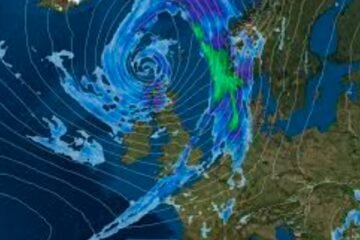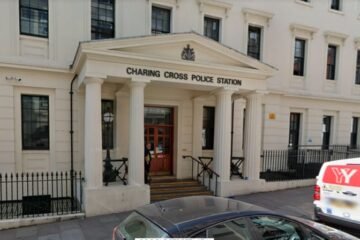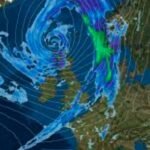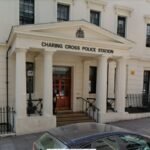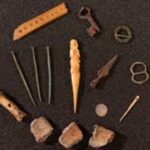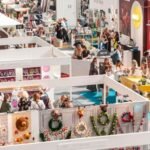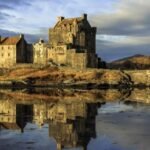Glasgow, the largest city in Scotland, is home to a rich and diverse cultural heritage that spans centuries. From its medieval origins as a trading port to its modern transformation into a vibrant and cosmopolitan city, Glasgow has witnessed many changes and challenges throughout its history. But one thing that has remained constant is the devotion to St Mungo, the patron saint of Glasgow, who is believed to have founded the city and performed many miracles.
St Mungo Festival is an annual event that celebrates the life and legacy of St Mungo, as well as the history and culture of Glasgow. The festival is organized by The Mediaeval Glasgow Trust, Glasgow Churches Together and Glasgow Life, and it offers free events and exhibitions for all visitors. The festival is held around the feast day of St Mungo on January 13th, but it lasts for 11 days in January every year.
What is St Mungo Festival?
St Mungo Festival is a celebration of Glasgow’s history and heritage through events and talks that bring alive the story of the city’s founding to all its people. The festival features lectures by experts on various aspects of medieval Glasgow, such as architecture, art, music, religion, politics, trade, and society. The festival also showcases musical performances by local choirs and musicians who pay tribute to St Mungo and other saints who are associated with Glasgow.
The festival also offers guided tours of locations linked to St Mungo’s life and miracles, such as his birthplace in Ireland, his monastery in Scotland, his tomb in Glasgow Cathedral, and his relics in various churches across the city. The festival also invites visitors to join in various activities such as workshops, games, quizzes, crafts, food stalls, and more.
Why celebrate St Mungo?
St Mungo is regarded as one of the most influential figures in Scottish history. He was born around 520 AD in Ireland as a son of a nobleman named Kentigernus. He was allegedly thrown from a cliff while he was still in his mother’s womb by her father who was angry at their incestuous relationship. However he miraculously survived this fall thanks to his mother’s prayers.

He later became a monk at Lindisfarne Abbey in England where he studied under Saint Aidan. He then returned to Ireland where he founded several monasteries along the coast. He eventually moved to Scotland where he established another monastery at Iona Island near Mull of Kintyre. He also built several churches across Scotland where he performed many miracles such as healing the sick, raising the dead, calming storms, multiplying food, turning water into wine, etc.
He died around 600 AD at Iona Island where he was buried by his followers. His tomb was later discovered by monks who venerated him as a saint. His relics were transferred to various churches across Scotland until they were finally brought to Glasgow Cathedral in 1220 AD by King Alexander II.
St Mungo is considered as the patron saint of Glasgow because he is believed to have founded the city on Iona Island before moving it to its current location on land. He is also credited with protecting the city from disasters such as fires, floods, earthquakes etc., as well as promoting peace, prosperity, and unity among its people.
How can you join St Mungo Festival?
St Mungo Festival is open for everyone who wants to learn more about St Mungo’s life and legacy, as well as enjoy the beauty and diversity of Glasgow. You can join the festival by visiting the website where you can find the full program of events and talks, as well as book your tickets online. You can also follow the festival on social media platforms such as Facebook, Twitter, Instagram, and YouTube, where you can get updates, photos, videos, and stories from previous participants.
You can also join the festival by following the St Mungo Heritage Trail , a self-guided walking route that takes you through some of the most historic sites related to St Mungo’s life. The trail starts from George Square where you can see a statue of St Mungo holding a staff with three crosses on top. The trail then leads you through Buchanan Street where you can see a mural depicting scenes from medieval Glasgow. The trail then takes you through Merchant City where you can see buildings that date back to medieval times such as Merchant House, Merchant House Hotel, and Merchant House Museum. The trail then continues through Kelvingrove Art Gallery & Museum where you can see exhibits related to art, science, history etc., including some related to St Mungo. The trail then ends at Kelvingrove Park where you can enjoy some green space or relax at one of its cafes or restaurants.
You can also join the festival by participating in some of its activities such as workshops, games,


